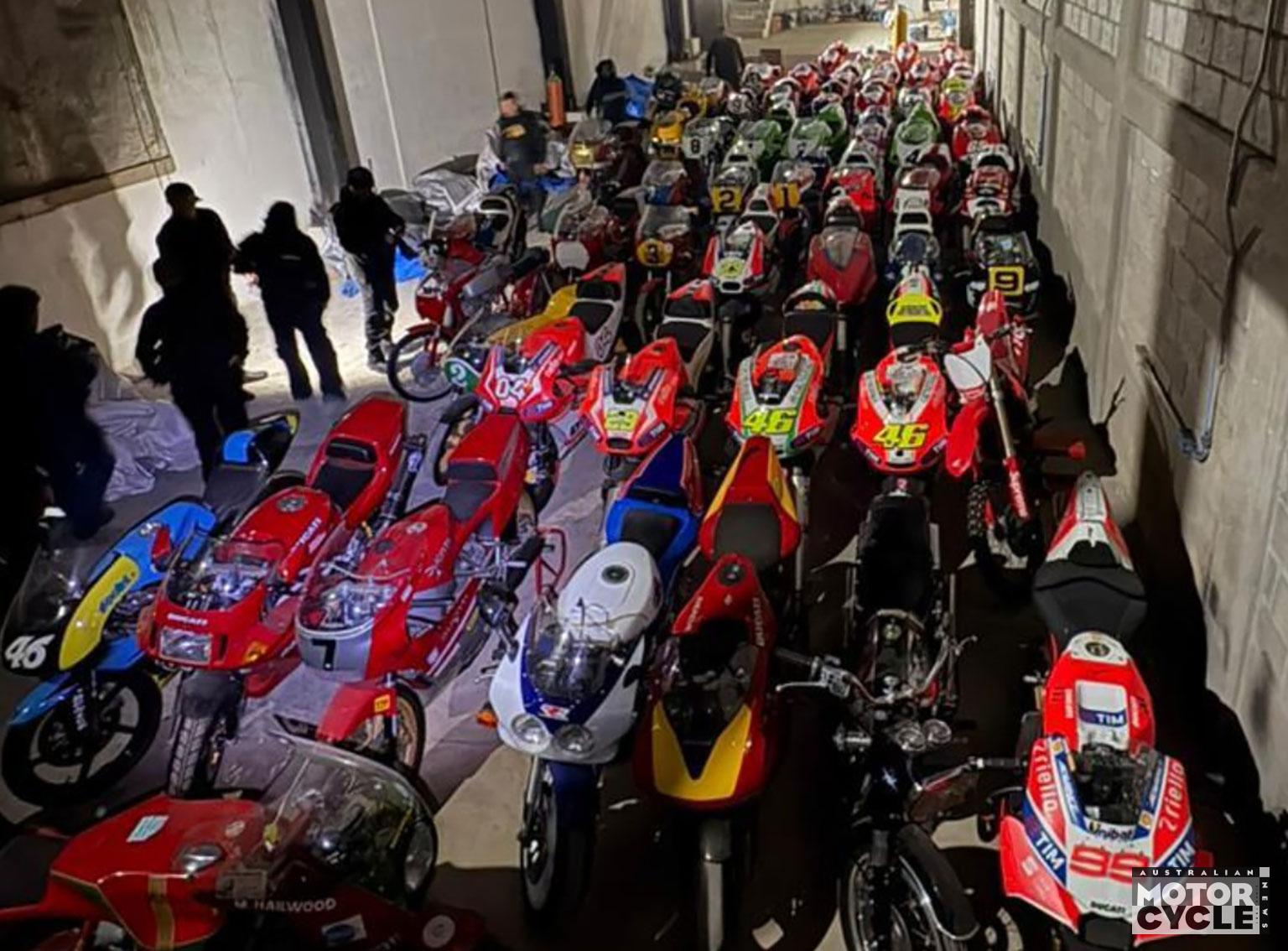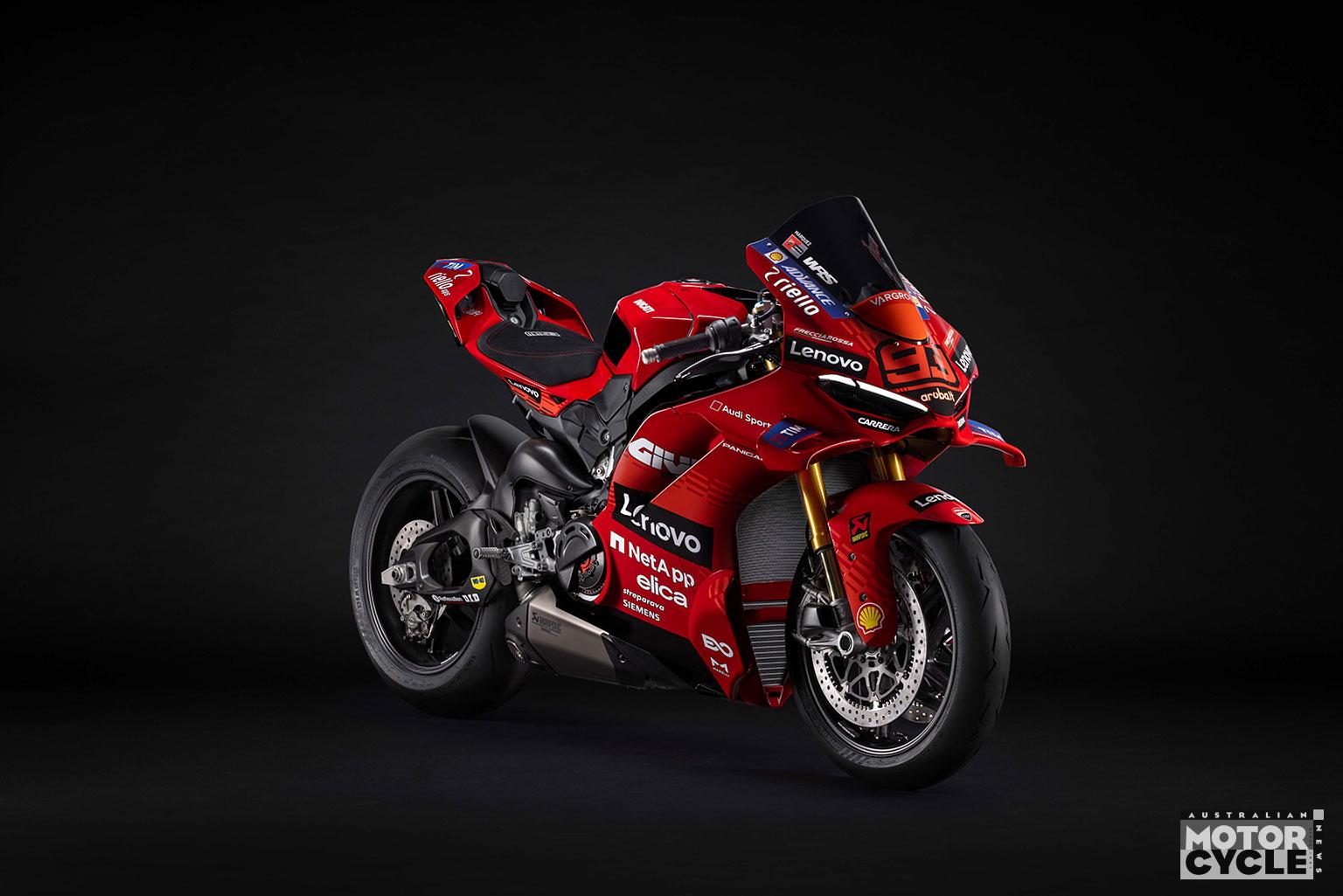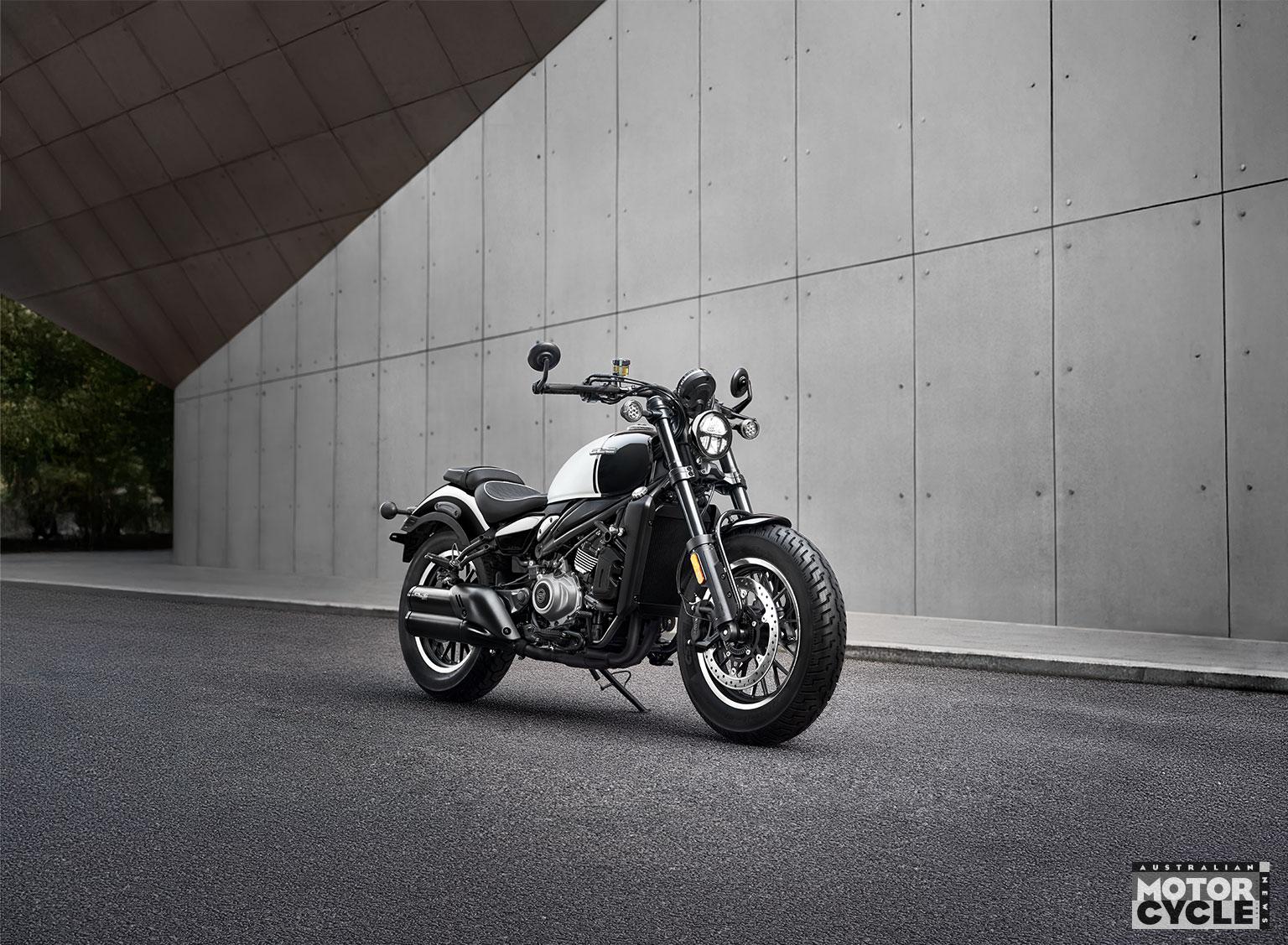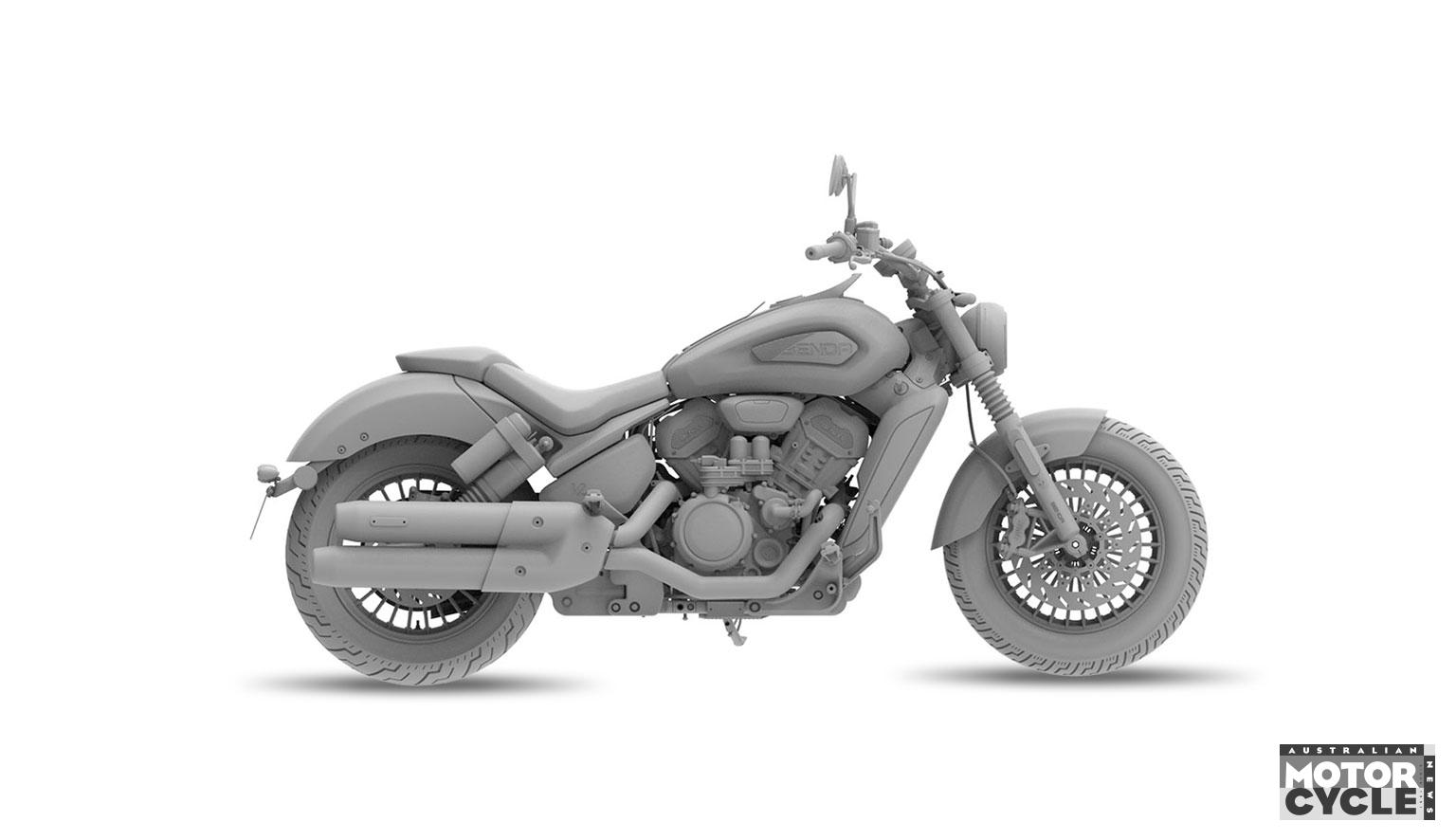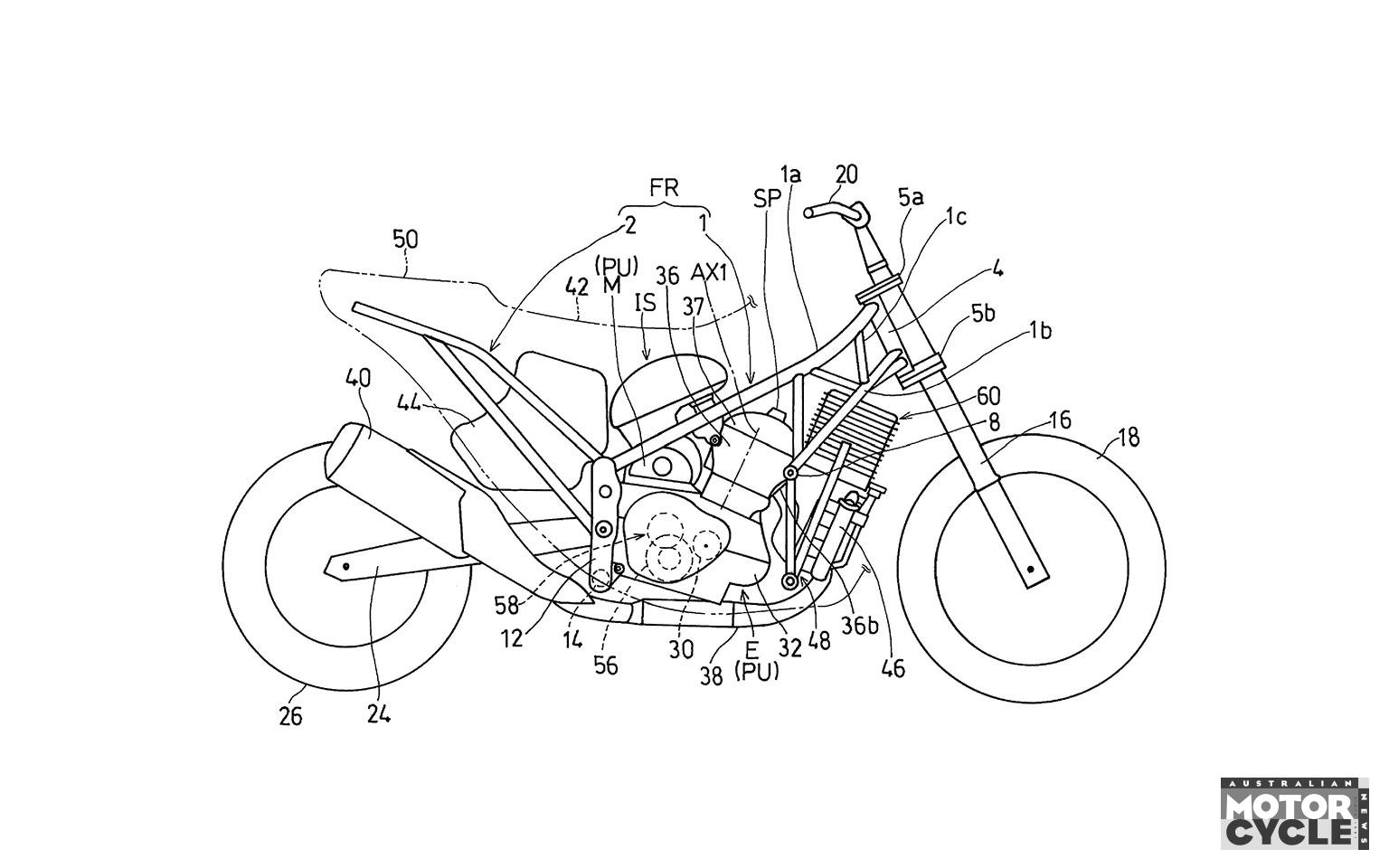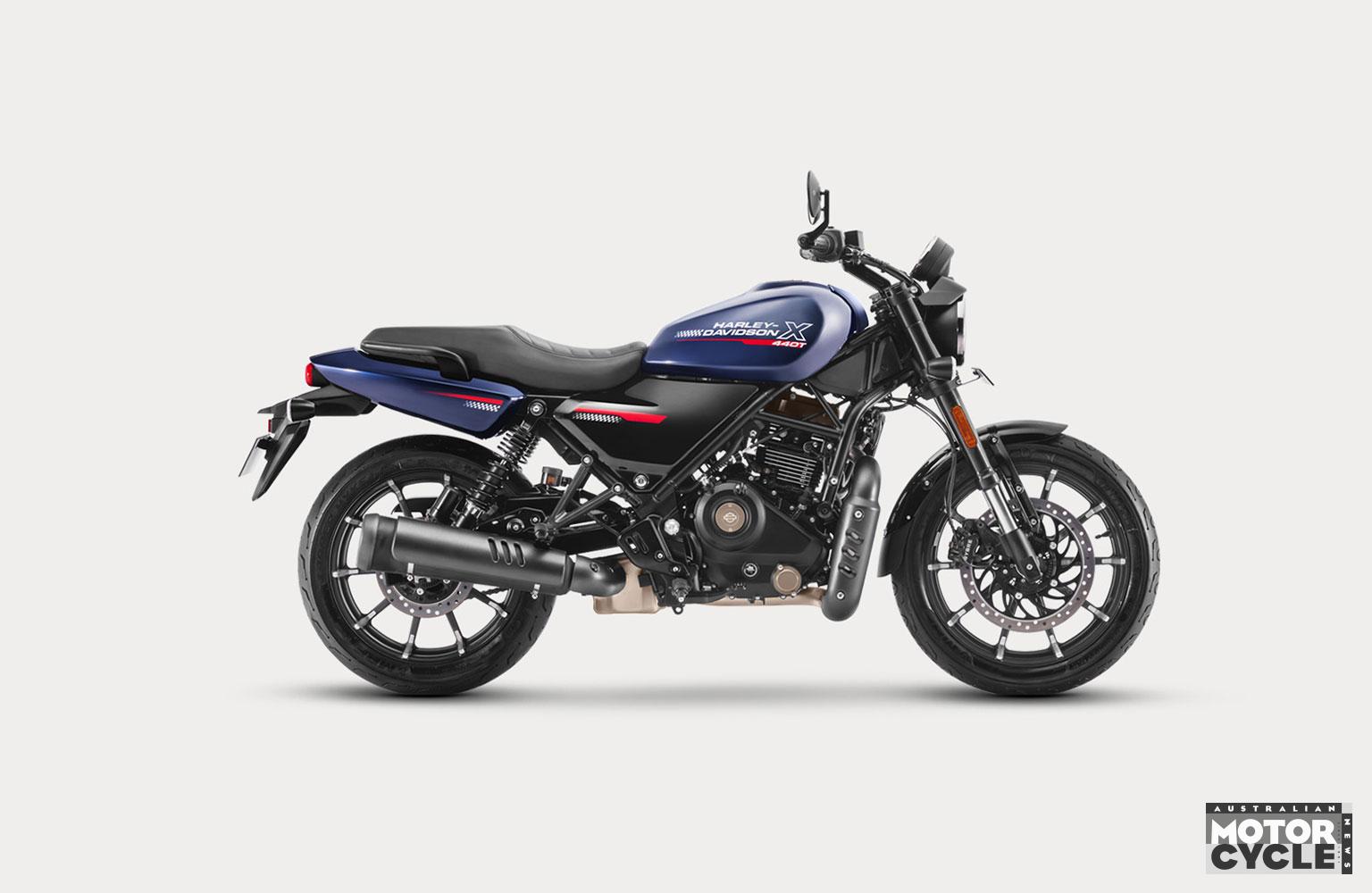Bimota – now backed by the financial might of Kawasaki – has announced it will return to WorldSBK racing in 2025 with a new ZX-10RR-powered superbike that should logically go by the name KB5.
With Kawasaki now at the helm, the financial woes that have dogged Bimota over the years are a thing of the past and the company’s planned return to world-class competition looks like a recipe for success. With Kawasaki’s ZX-10RR engine at its disposal, Bimota will have to develop a bike around that motor – very much its forte, as building lithe frames to house Japanese engines was the founding concept of the company back in the 1970s.
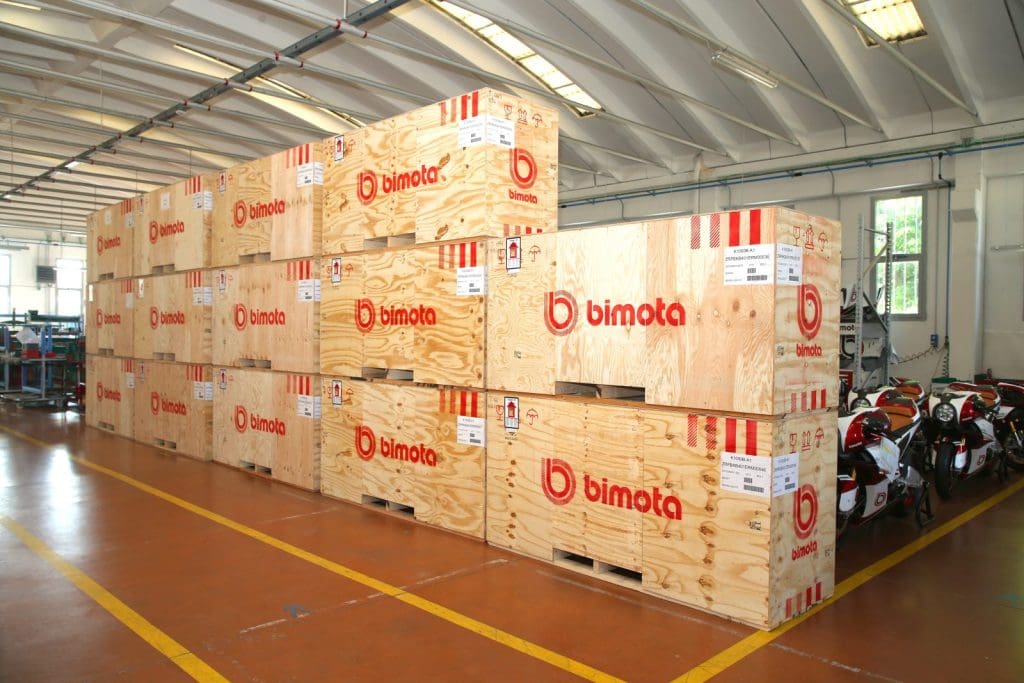
The new bike might carry the name KB5, standing for Kawasaki-Bimota 5. That would make it a follow-on from the Z1000-driven KB1 of the 1970s, the GPz550-engined KB2 and KZ1000-powered KB3 of the 1980s, and the current KB4, which uses the Ninja 1000SX’s 1043cc engine. Kawasaki engines also power today’s Tera adventure bike, Tesi H2 and BX450 enduro, but they all fall outside the traditional Bimota naming conventions.
As well as the engine, Kawasaki will be donating expertise and staff to the new Bimota WorldSBK project, competing under the name ‘Bimota by Kawasaki Racing Team’.
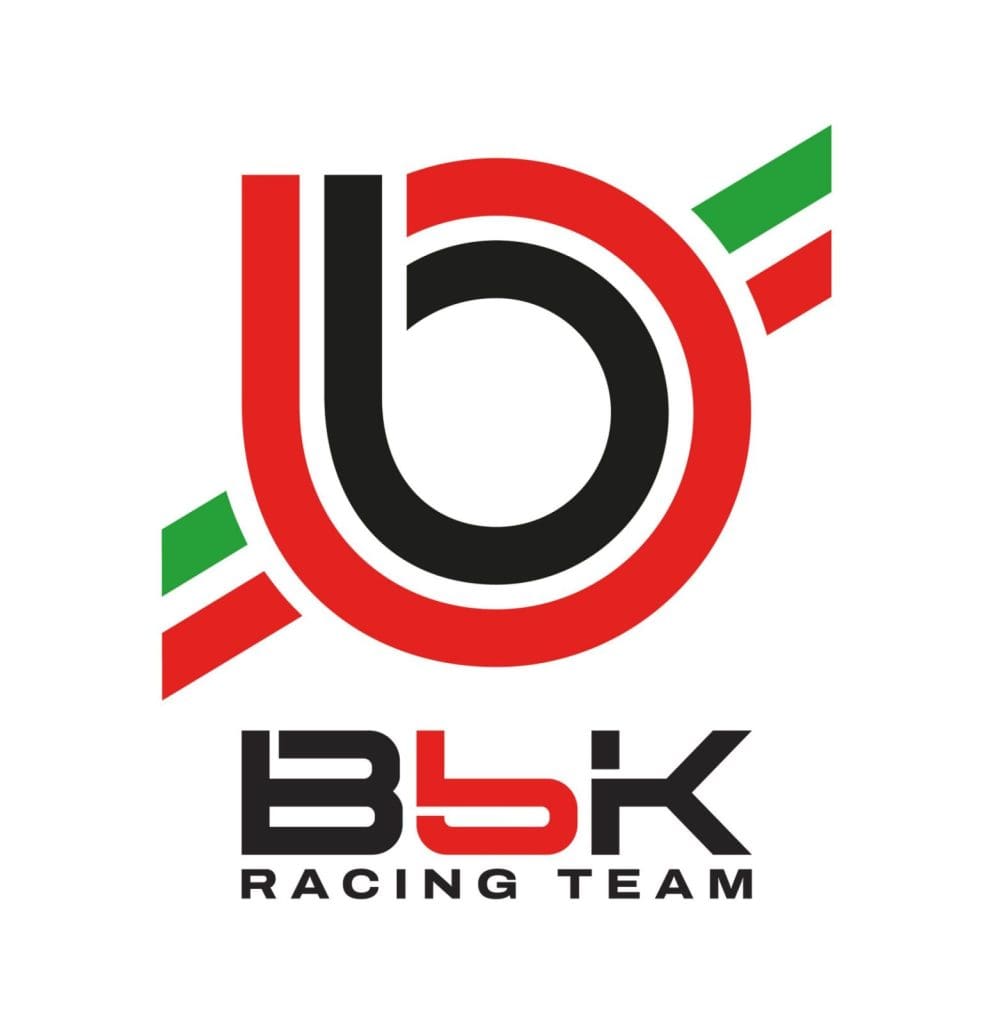
To comply with the regulations that the last Bimota WorldSBK effort fell foul of (see sidebar), the company must make at least 125 examples of its new bike in time for the visit by homologation inspectors, at the start of the season, and at least 250 by the end of its first year of competition. Another 250 must be built in 2026, and the road-going bikes will have to comply with the WSBK price cap, which currently stands at €44,000 (A$72,400).
President and Chief Executive Officer of Kawasaki Motors, Ltd. Hiroshi Ito, said:
“Our commitment to WorldSBK is as strong as ever and we hope that this new racing project will energise fans of both Bimota and Kawasaki. The passion for race success remains and we look forward to the presence of the Bimota by Kawasaki Racing Team on the 2025 WorldSBK grid.”
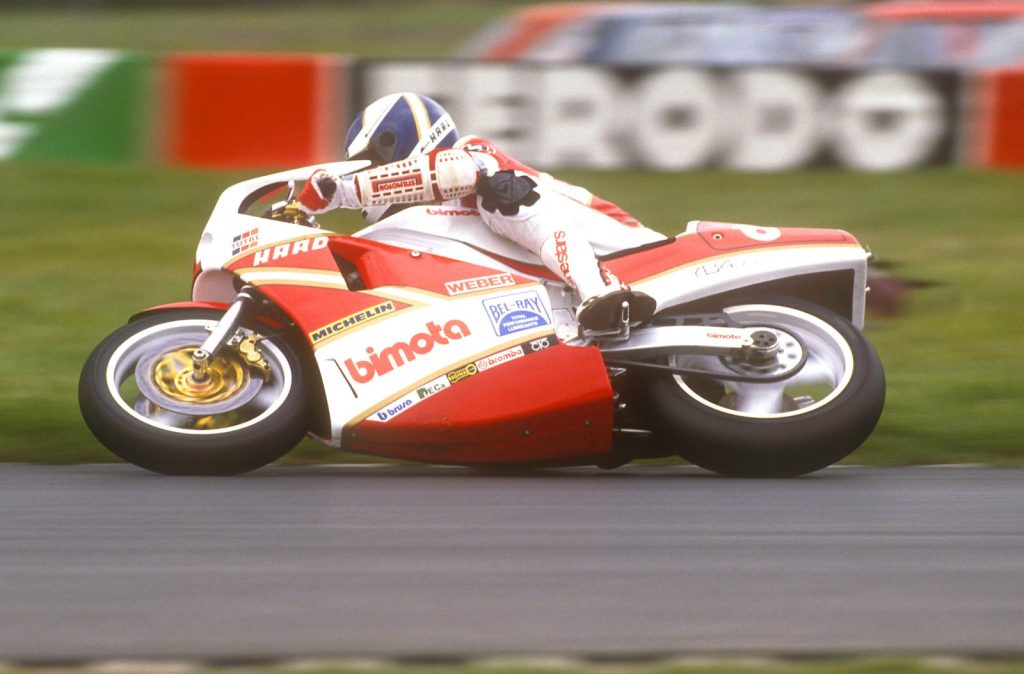
Bimota COO Pierluigi Marconi adds: “The engineering, technology and day to day business support already offered by Kawasaki has put Bimota firmly back into the consciousness of the media and potential customers, now it is time to take a next step in our evolution. Bimota has had racing as part of its DNA from day one and to compete in WorldSBK alongside developing our new product range, while expanding the European and global dealer network, has an undeniable logic to it. With the unparalleled experience of the existing Kawasaki racing team experts plus the full support and cooperation of Kawasaki Motors, Ltd. in Japan fills us with pride and optimism. The Bimota by Kawasaki Racing Team will surely form the foundations of the next chapter in the Bimota story.”
WORDS: BEN PURVIS
IS IT THE END FOR THE ZX-10R?
Kawasaki has been a formidable force in WorldSBK, with eight riders’ titles between 1993 and 2020 and six consecutive manufacturers crowns from 2015 to 2020, but the Bimota entry marks a new approach.
Although the ZX-10RR engine will power the new Bimota, we’ve already seen how slow sales in the superbike class – particularly for Japanese bikes – are discouraging development. Most recently, Yamaha revealed that its R1 and R1M will not be updated to meet the latest Euro5+ type-approval rules, and as a result will only be sold as trackbikes in Europe from 2025 onwards, following a similar route that the company has taken with the R6. Before that, Suzuki ducked out of the superbike market in Europe, and out of Superbike racing, when the GSX-R1000 fell foul of Euro5 emissions rules.
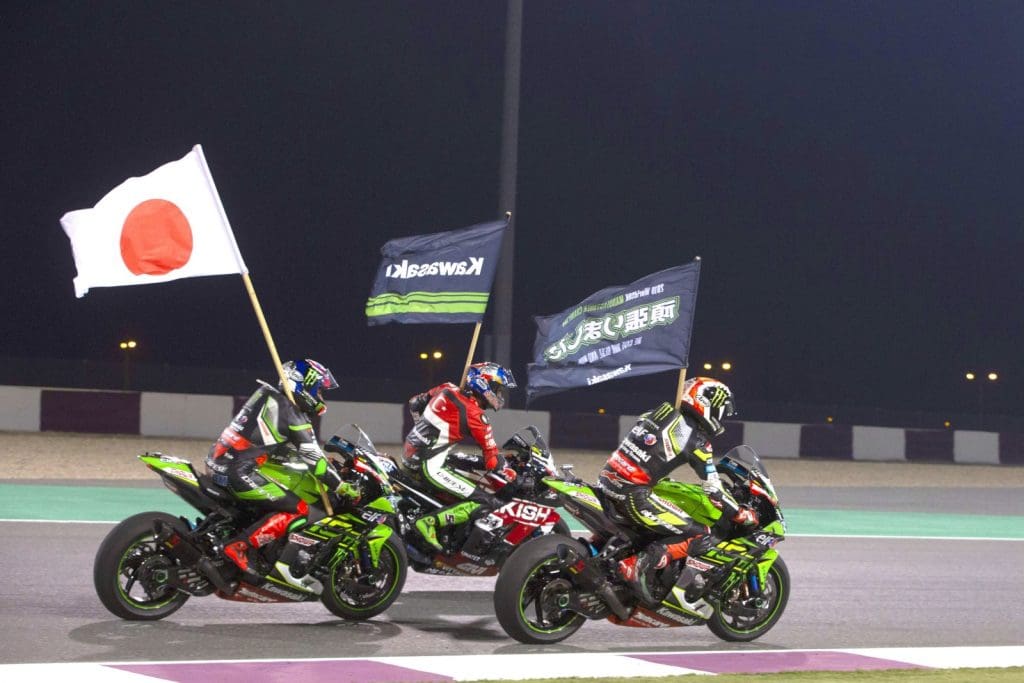
By shifting focus to Bimota, Kawaski will be hoping to replicate the success that Ducati has achieved in the superbike market as well as on the track. Despite higher prices than Japanese rivals, customers appear to be drawn to European superbikes like the Panigale V4 and BMW S 1000 RR rather than their Oriental rivals. Many industry onlookers were puzzled by Kawasaki’s decision to buy Bimota, but the WSBK plan suggests there may be big ambitions to turn it into a Euro-centric Ducati rival.
BIMOTA’S WORLDSBK TIES
The company’s heritage in WSBK is hard to argue with. It came within a hair of winning the very first manufacturers’ championship back in 1988 with Davide Tardozzi and Stephane Mertens on the Yamaha-powered YB4. The riders took third and fourth in a close-fought series and Bimota was second in the manufacturers’ rankings, beaten only by Honda. With five race wins, Tardozzi stood on the top step of the podium more than any other rider that year – even eventual champion Fred Merkel only managed two outright victories.

While Bimota’s fortunes faded over the next couple of years, and by 1992 it was out of WSBK, a works effort returned to the series in 2000, leading to Anthony Gobert’s memorable wet weather victory at Phillip Island on the Suzuki V-twin powered SB8K – a brief highlight in an otherwise miserable season for the company, curtailed halfway through by bankruptcy.
The company was later revived and Bimota made a return to WSBK in 2014 with the BMW S 1000 RR-powered BB3. Although it showed promise, the team, with riders Christian Iddon and Ayrton Badavini, was later disqualified from the championship as it didn’t manage to build the minimum number of bikes required for homologation.
